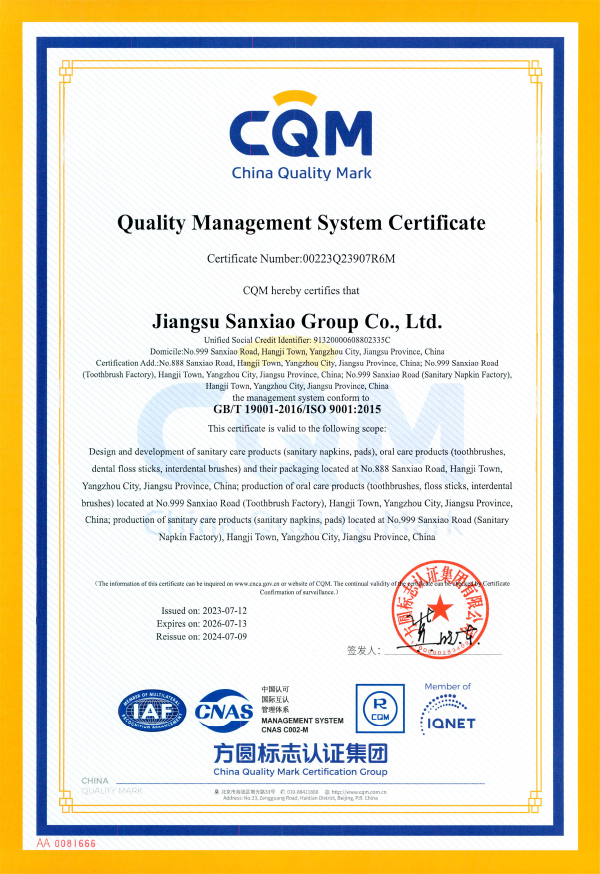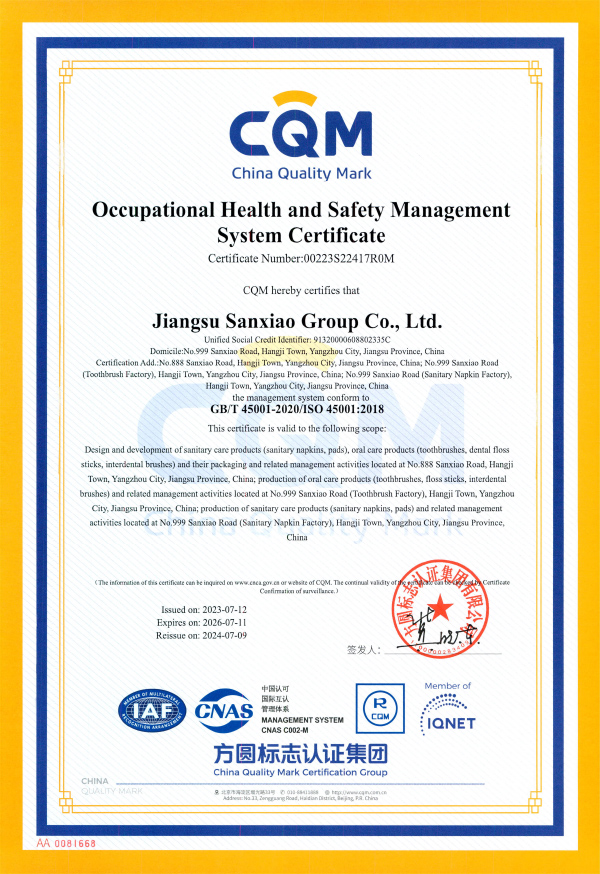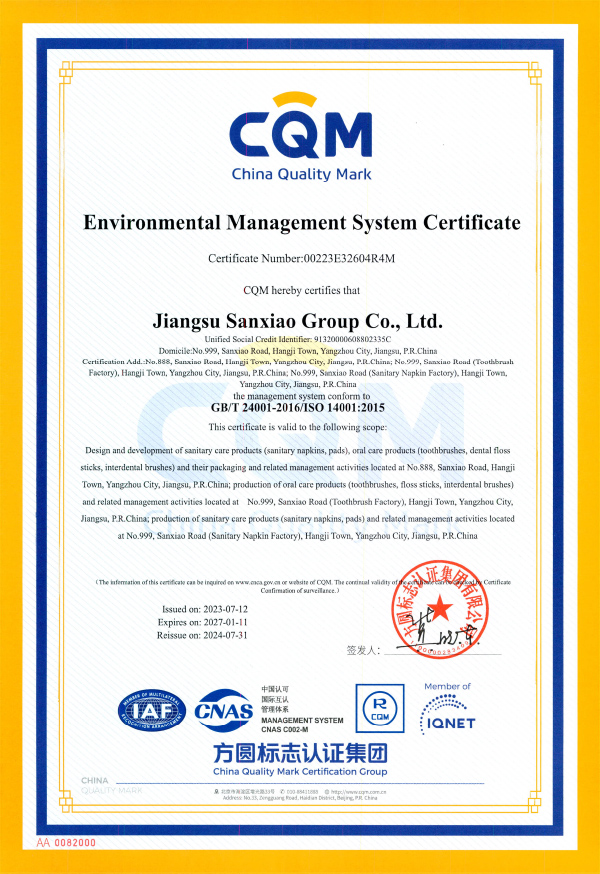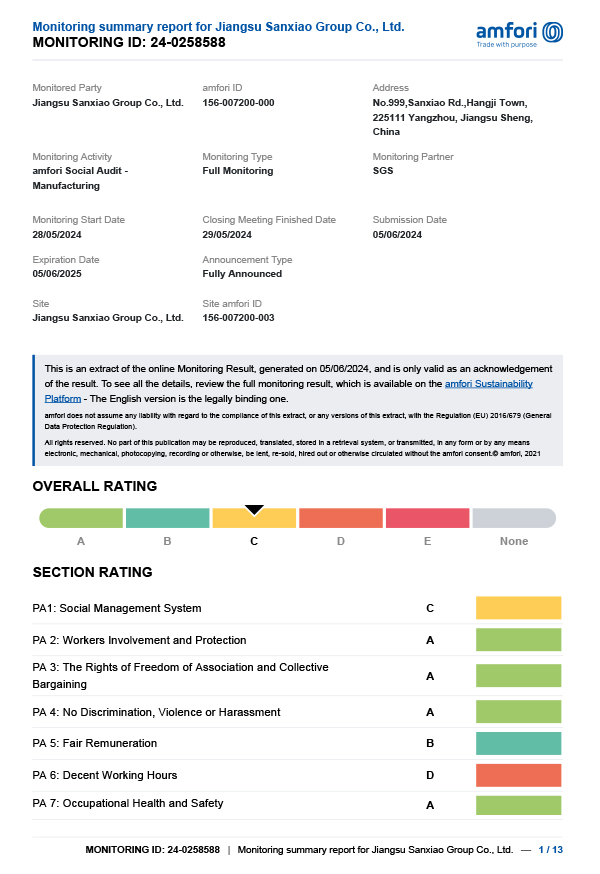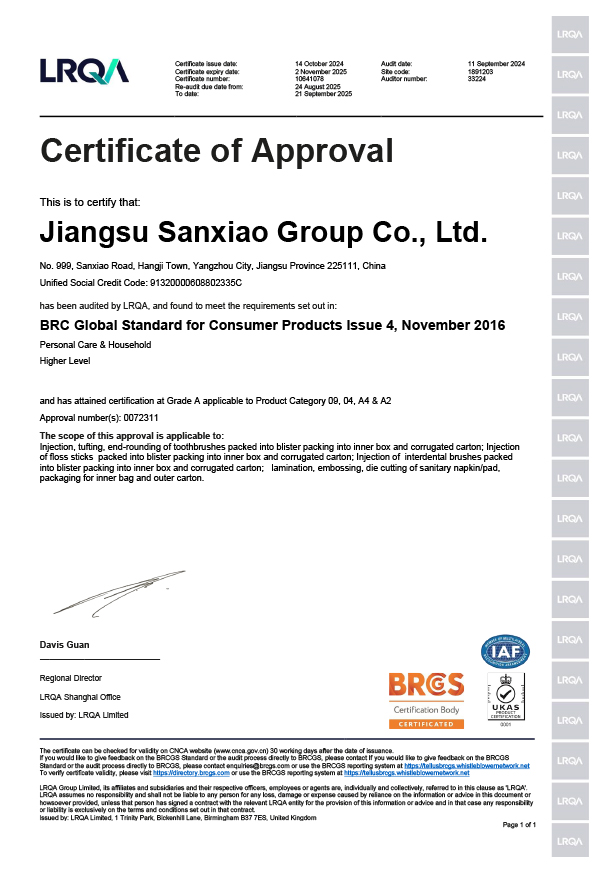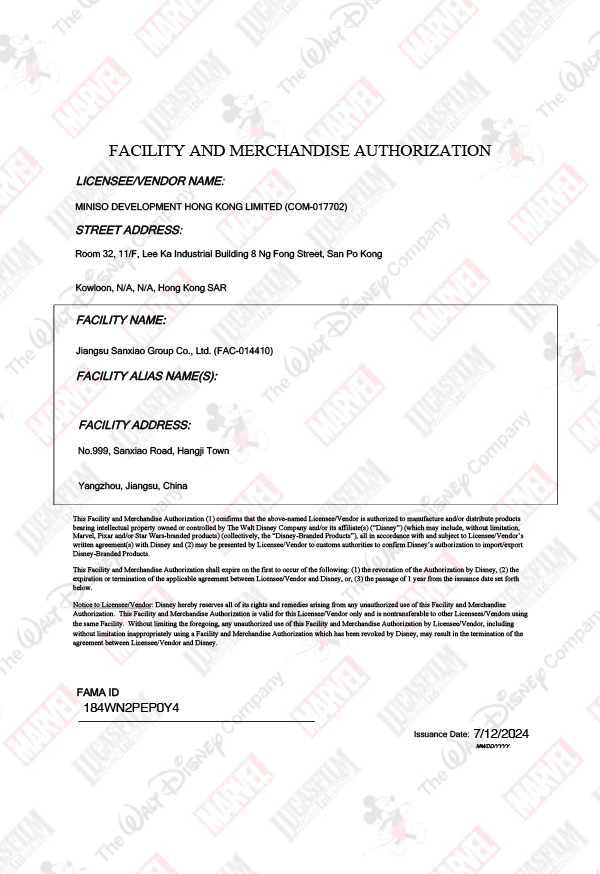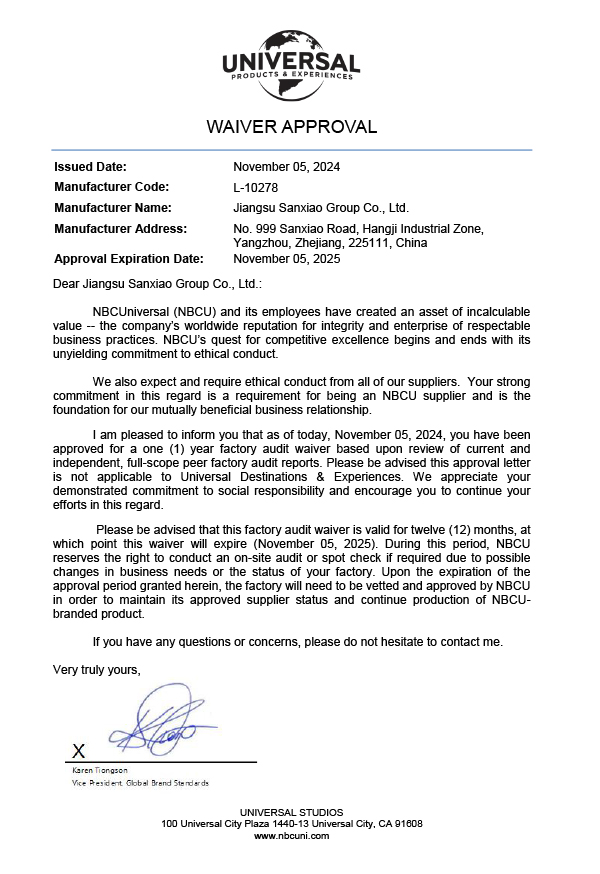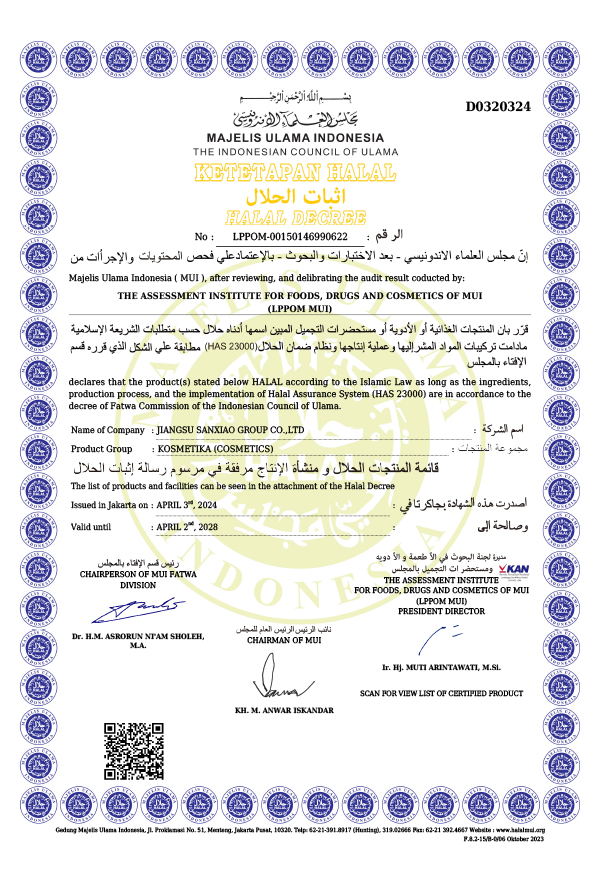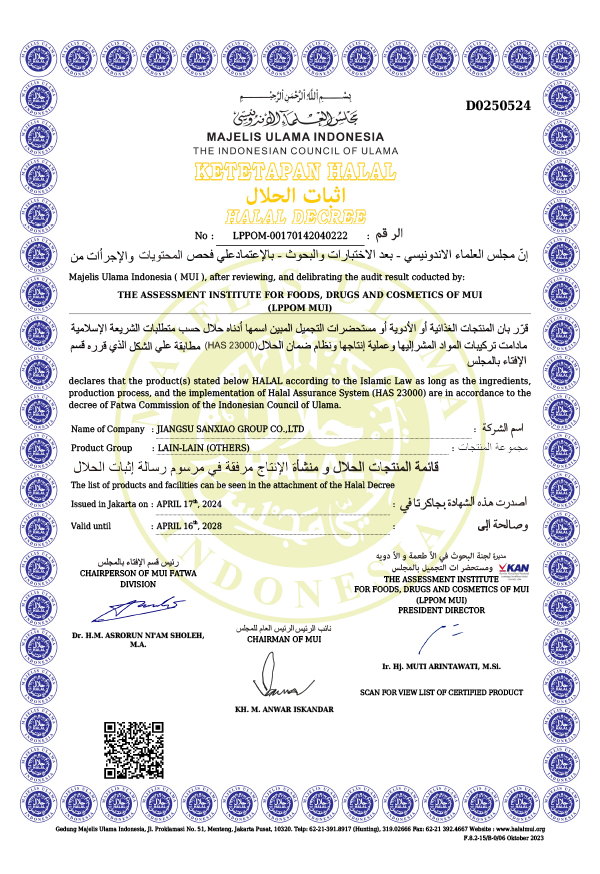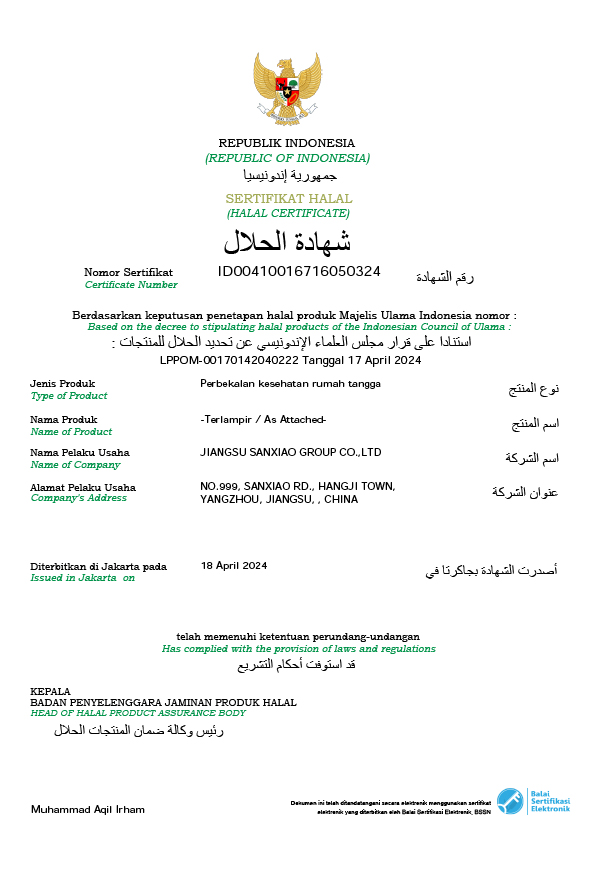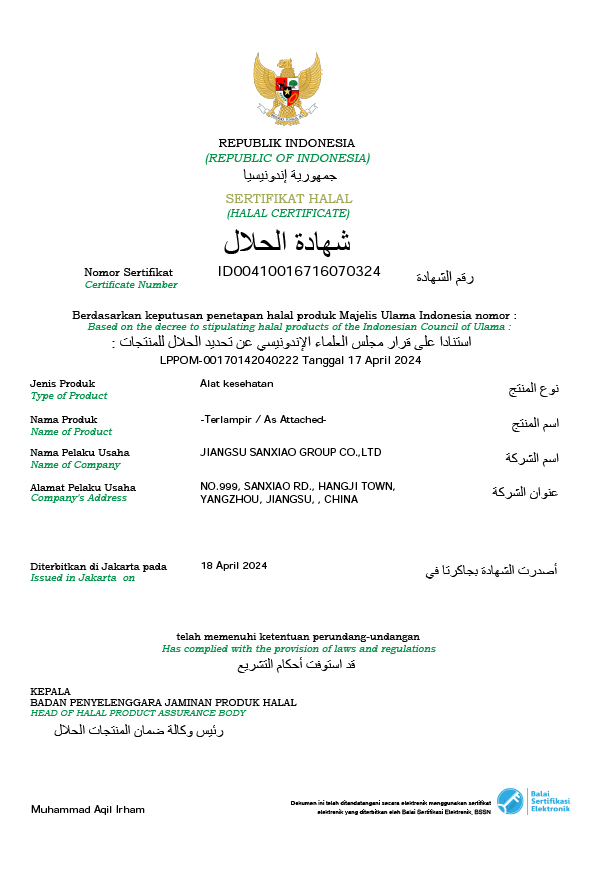Sensitive Toothpaste Manufacturers
Toothpaste is a key product in daily oral care, designed to clean teeth, freshen breath, and protect against oral health issues. It comes in various formulations to address different needs, such as fluoride toothpaste, which strengthens enamel and prevents cavities, and tartar-control toothpaste, which helps reduce plaque buildup. Whitening toothpaste contains mild abrasives or chemicals to remove surface stains and brighten teeth. Sensitive toothpaste is formulated with ingredients like potassium nitrate to reduce tooth sensitivity. Herbal and natural toothpaste options use plant-based ingredients for those who prefer a chemical-free alternative. The combination of abrasives, fluoride, and other active ingredients helps maintain healthy teeth and gums, protecting against decay, gum disease, and bad breath when used regularly.
![]() Quality Management System Certificate
Quality Management System Certificate
![]() Occupational Health and Safety Management System Certificate
Occupational Health and Safety Management System Certificate
![]() Environmental Management System Certificate
Environmental Management System Certificate
How Active Ingredients Shape Toothpaste Performance: From Sensitivity Relief to Enamel Strengthening?
Toothpaste may seem like a simple product, but the active ingredients behind every formulation play a pivotal role in its functionality and effectiveness. Whether addressing common concerns like cavities, bad breath, or tooth sensitivity, manufacturers rely on a precise blend of chemical and natural agents to meet specific oral care needs. For example, the choice of fluoride compound—commonly sodium fluoride or stannous fluoride—not only helps remineralize enamel but also differentiates a general-use toothpaste from a more therapeutic one. This ingredient selection process is especially important for products targeting niche concerns, such as Sensitive Toothpaste, where the wrong combination can compromise comfort or efficacy.
Sensitive toothpaste formulations typically contain potassium nitrate or strontium chloride, which act directly on the nerves inside the teeth by blocking the pain signal pathways. This is far from a cosmetic add-on; it's a scientifically supported mechanism designed for long-term relief. Compared to regular formulations, sensitive variants must achieve this effect without increasing abrasion or compromising enamel, which means ingredient compatibility and concentration are finely balanced during development. The same principle applies to whitening toothpaste, which often contains hydrated silica or calcium carbonate for stain removal—agents that are effective but can be too harsh if not carefully managed in sensitive formulas.
Abrasive agents, though essential for cleaning and polishing, pose a key technical challenge. The Relative Dentin Abrasivity (RDA) value must be optimized to ensure that the toothpaste removes surface stains and plaque without wearing down tooth enamel over time. In sensitive toothpastes, this becomes even more critical, as over-abrasion can exacerbate sensitivity. Some products use ultra-fine particles or substitute common abrasives with gentler alternatives like baking soda to maintain a safe profile. As manufacturers, striking this balance is both an art and a science, rooted in extensive formulation testing and consumer feedback.
Antibacterial agents also contribute to overall oral health by targeting the root causes of issues like gingivitis and bad breath. Ingredients such as triclosan or zinc citrate are often integrated for this purpose, but again, in sensitive formulas, their compatibility with other actives must be verified. For instance, potassium nitrate and triclosan may not perform well together in certain pH environments, requiring reformulation or encapsulation techniques. These complexities underscore the level of R&D investment and industry knowledge required to produce a toothpaste that is both effective and safe across a broad user base.
From a product development perspective, it's not just the ingredients but also their delivery method that matters. Modern toothpaste often employs time-release or encapsulated technologies to improve ingredient stability and performance. This is especially useful in sensitive toothpaste solutions, where active compounds must maintain their function over the product’s shelf life and during brushing. As manufacturers, we leverage these technologies to enhance user experience, reduce reactivity, and improve consumer satisfaction—key factors that distributors and B2B buyers prioritize when selecting suppliers.
Moreover, the choice of formulation often reflects regional preferences and regulatory standards. For example, while fluoride is widely accepted in many countries, some markets prefer or require fluoride-free options due to local guidelines or consumer beliefs. This opens the door to natural alternatives like arginine or nano-hydroxyapatite, which are increasingly found in premium sensitive toothpaste ranges. Adapting formulations to fit these variations is part of delivering quality products in global markets, and it’s where experienced exporters bring real value.
 English
English русский
русский Español
Español

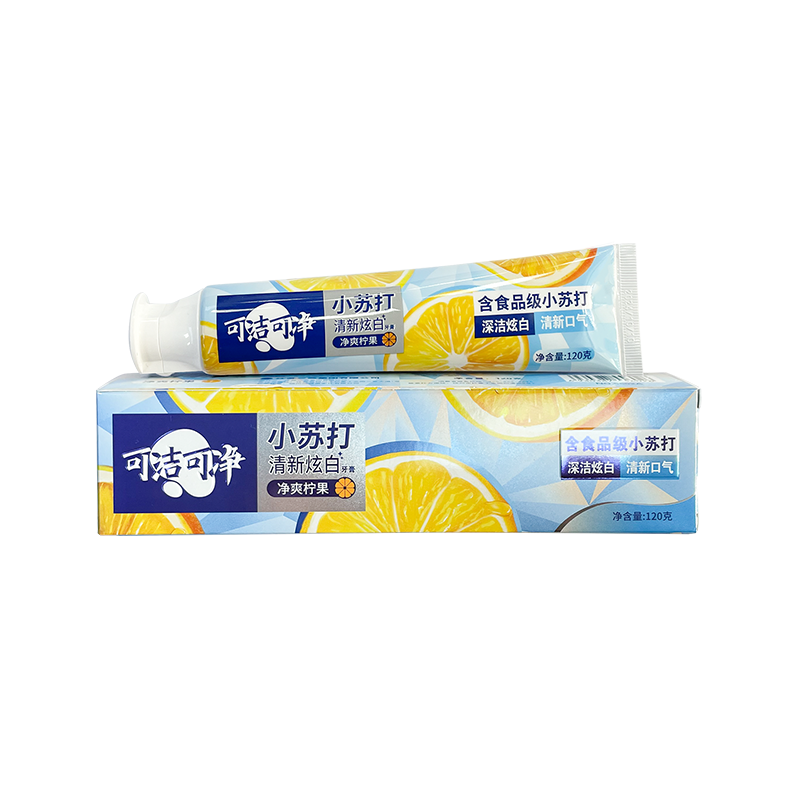 View More
View More
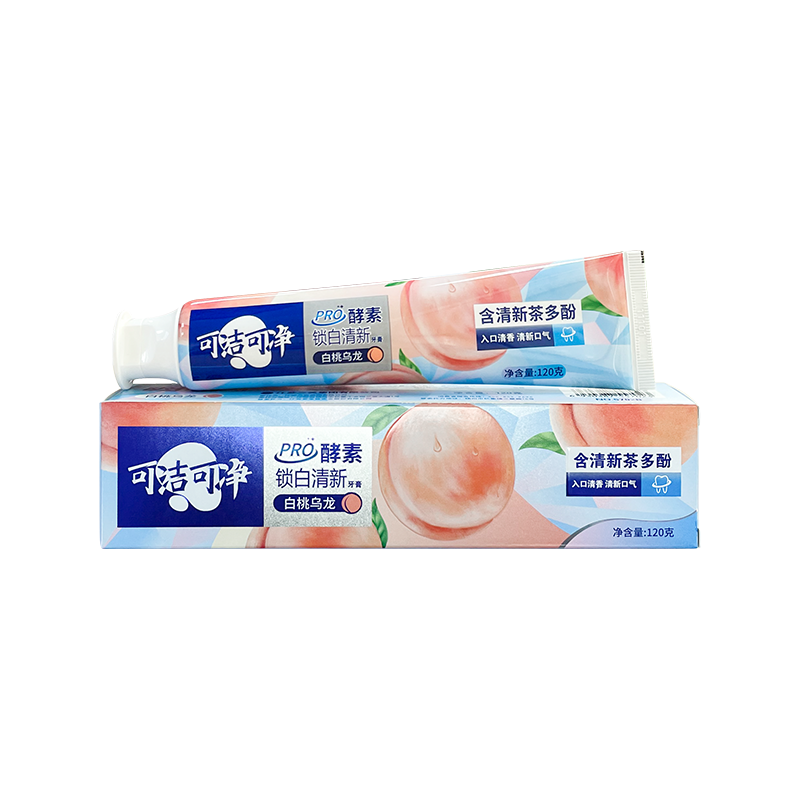 View More
View More
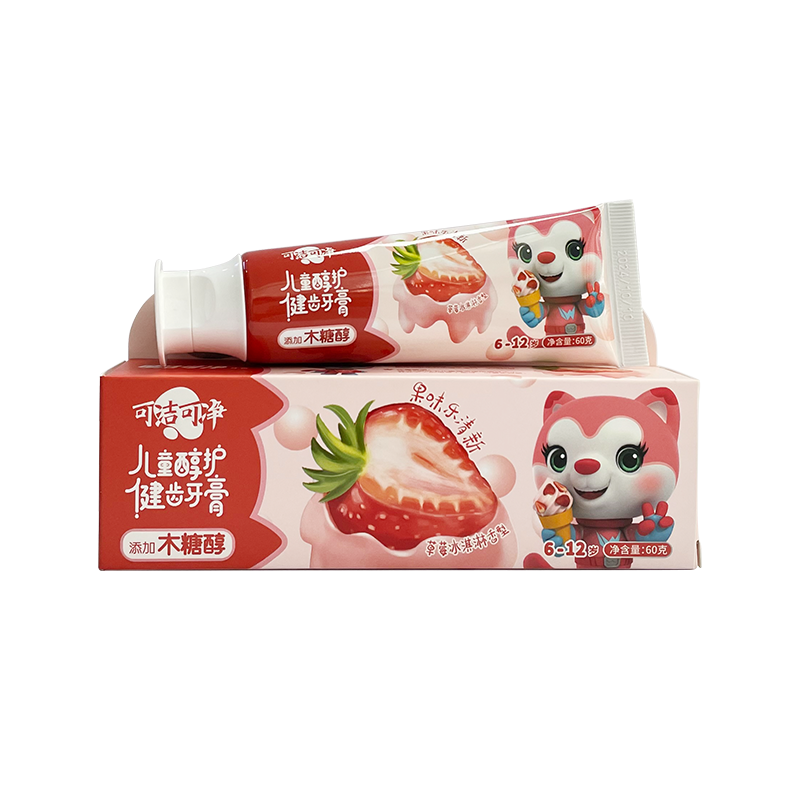 View More
View More
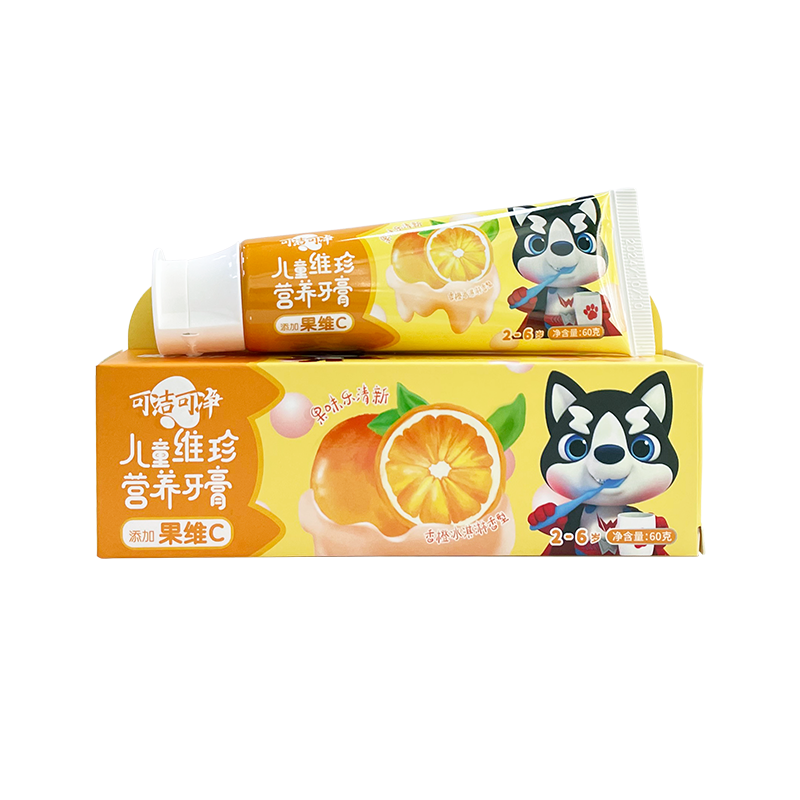 View More
View More
